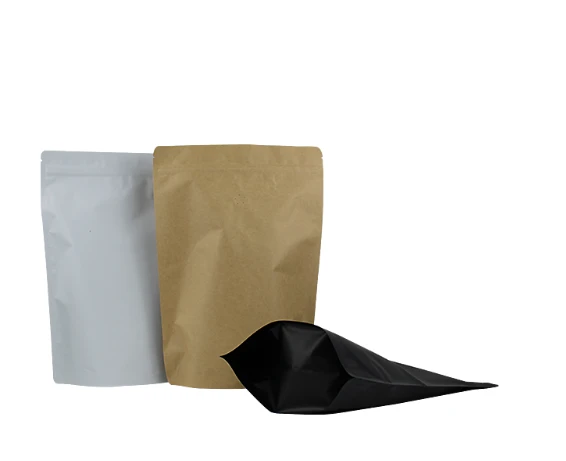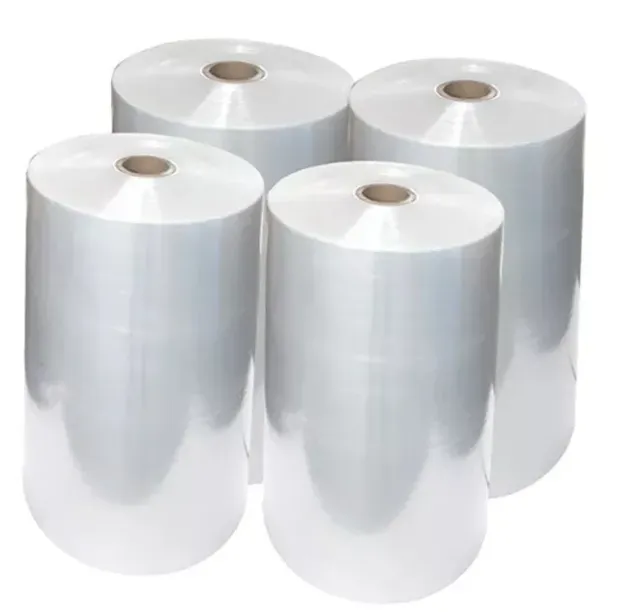- Afrikaans
- Albanian
- Amharic
- Arabic
- Armenian
- Azerbaijani
- Basque
- Belarusian
- Bengali
- Bosnian
- Bulgarian
- Catalan
- Cebuano
- chinese_simplified
- chinese_traditional
- Corsican
- Croatian
- Czech
- Danish
- Dutch
- English
- Esperanto
- Estonian
- Finnish
- French
- Frisian
- Galician
- Georgian
- German
- Greek
- Gujarati
- haitian_creole
- hausa
- hawaiian
- Hebrew
- Hindi
- Miao
- Hungarian
- Icelandic
- igbo
- Indonesian
- irish
- Italian
- Japanese
- Javanese
- Kannada
- kazakh
- Khmer
- Rwandese
- Korean
- Kurdish
- Kyrgyz
- Lao
- Latin
- Latvian
- Lithuanian
- Luxembourgish
- Macedonian
- Malgashi
- Malay
- Malayalam
- Maltese
- Maori
- Marathi
- Mongolian
- Myanmar
- Nepali
- Norwegian
- Norwegian
- Occitan
- Pashto
- Persian
- Polish
- Portuguese
- Punjabi
- Romanian
- Russian
- Samoan
- scottish-gaelic
- Serbian
- Sesotho
- Shona
- Sindhi
- Sinhala
- Slovak
- Slovenian
- Somali
- Spanish
- Sundanese
- Swahili
- Swedish
- Tagalog
- Tajik
- Tamil
- Tatar
- Telugu
- Thai
- Turkish
- Turkmen
- Ukrainian
- Urdu
- Uighur
- Uzbek
- Vietnamese
- Welsh
- Bantu
- Yiddish
- Yoruba
- Zulu
Sustainable Clamshell Packaging Eco-Friendly & Customizable Solutions
- The Rising Demand for Sustainable Clamshell Packaging
- Material Innovations Driving Eco-Friendly Solutions
- Technical Advantages Over Traditional Packaging
- Leading Clamshell Packaging Manufacturers: A Comparative Analysis
- Customizable Solutions for Diverse Industries
- Real-World Applications and Success Stories
- Why Sustainable Clamshell Packaging Is the Future

(sustainable clamshell packaging)
The Rising Demand for Sustainable Clamshell Packaging
The global shift toward eco-conscious consumerism has propelled sustainable clamshell packaging
into the spotlight. According to a 2023 report by Smithers, the sustainable packaging market is projected to grow at a CAGR of 6.8% through 2030, with clamshell designs accounting for 22% of this growth. Businesses are prioritizing materials like recycled PET, biodegradable polymers, and plant-based plastics to reduce carbon footprints. Retailers such as Walmart and Target now mandate that suppliers adopt recyclable or compostable packaging, creating urgency for manufacturers to innovate.
Material Innovations Driving Eco-Friendly Solutions
Modern clamshell packaging relies on advanced materials to balance durability and sustainability. For instance:
- rPET (Recycled Polyethylene Terephthalate): Reduces virgin plastic use by 40-60% while maintaining clarity and rigidity.
- PLA (Polylactic Acid): A biodegradable alternative derived from cornstarch, decomposing within 90 days in industrial facilities.
- Mushroom-Based Packaging: Emerging as a compostable option with a 30% lower production energy footprint.
These innovations address landfill waste, which currently absorbs 26% of all plastic packaging globally.
Technical Advantages Over Traditional Packaging
Sustainable clamshells outperform conventional designs in multiple ways:
- Reduced Material Use: Precision molding cuts material consumption by 15-25% without compromising structural integrity.
- Enhanced Supply Chain Efficiency: Lightweight designs lower shipping costs and emissions by up to 18%.
- Consumer Appeal: 67% of buyers prefer brands with eco-friendly packaging, per a 2024 Nielsen survey.
Leading Clamshell Packaging Manufacturers: A Comparative Analysis
| Manufacturer | Key Material | Production Time | Minimum Order | Certifications | Carbon Reduction vs. Conventional |
|---|---|---|---|---|---|
| EcoClamshell Inc. | rPET | 12-14 days | 5,000 units | FDA, BPI | 48% |
| GreenPack Solutions | PLA | 18-20 days | 10,000 units | OK Compost, ISO 14001 | 52% |
| BioShell Packaging | Mushroom-Based | 25-28 days | 2,500 units | Cradle-to-Cradle | 61% |
Customizable Solutions for Diverse Industries
Flexibility is critical for clamshell packaging manufacturers. Leading providers offer:
- Tailored Designs: Adjustable hinges, tamper-evident seals, and anti-static coatings.
- Printing Options: Water-based inks for branding without toxic residues.
- Industry-Specific Compliance: Food-safe liners for produce or RFID integration for electronics.
A case study with a cosmetic brand showed that custom-sized clamshells reduced material waste by 33% and boosted shelf visibility by 19%.
Real-World Applications and Success Stories
Adopters of sustainable clamshells report measurable benefits:
- Food Industry: A U.S.-based organic snack company reduced packaging-related emissions by 57% after switching to compostable PLA clamshells.
- Electronics: A smartphone accessory brand achieved a 40% reduction in returns due to improved product protection from recycled PET shells.
- Retail: A European fashion retailer saw a 28% increase in online engagement after highlighting biodegradable packaging in marketing campaigns.
Why Sustainable Clamshell Packaging Is the Future
As regulations tighten and consumer demand escalates, sustainable clamshell packaging is no longer optional. Brands that adopt these solutions now will gain a competitive edge, align with global sustainability goals (e.g., UN SDG 12), and build long-term customer loyalty. With advancements in materials and manufacturing efficiency, eco-friendly clamshells are poised to dominate the packaging landscape by 2030.

(sustainable clamshell packaging)
FAQS on sustainable clamshell packaging
Q: What materials are used in sustainable clamshell packaging?
A: Sustainable clamshell packaging often uses biodegradable, recycled, or plant-based plastics like PLA (polylactic acid). These materials reduce environmental impact while maintaining durability and functionality for product protection.
Q: How can I find reliable clamshell packaging manufacturers?
A: Research manufacturers certified for eco-friendly practices (e.g., ISO 14001, FSC) and review their material options. Industry directories, sustainability forums, and supplier reviews can also help identify reputable providers.
Q: Are clamshell packaging options more expensive than traditional plastic?
A: Initially, sustainable clamshell packaging may cost slightly more due to eco-material premiums. However, long-term savings from waste reduction, brand loyalty, and compliance with regulations often offset the upfront expense.
Q: What certifications should sustainable clamshell packaging have?
A: Look for certifications like Cradle-to-Cradle, B Corp, or ASTM D6400 (compostability). These ensure adherence to environmental standards, ethical production, and material safety for end-users.
Q: Can clamshell packaging be customized for specific products?
A: Yes, many manufacturers offer customizable sizes, shapes, and printing for branding. Ensure they use sustainable inks and design for minimal material waste during production.













